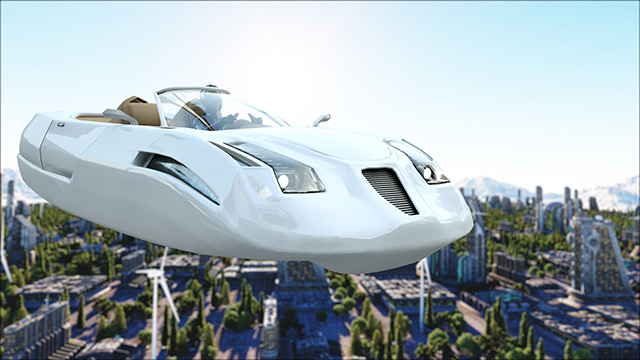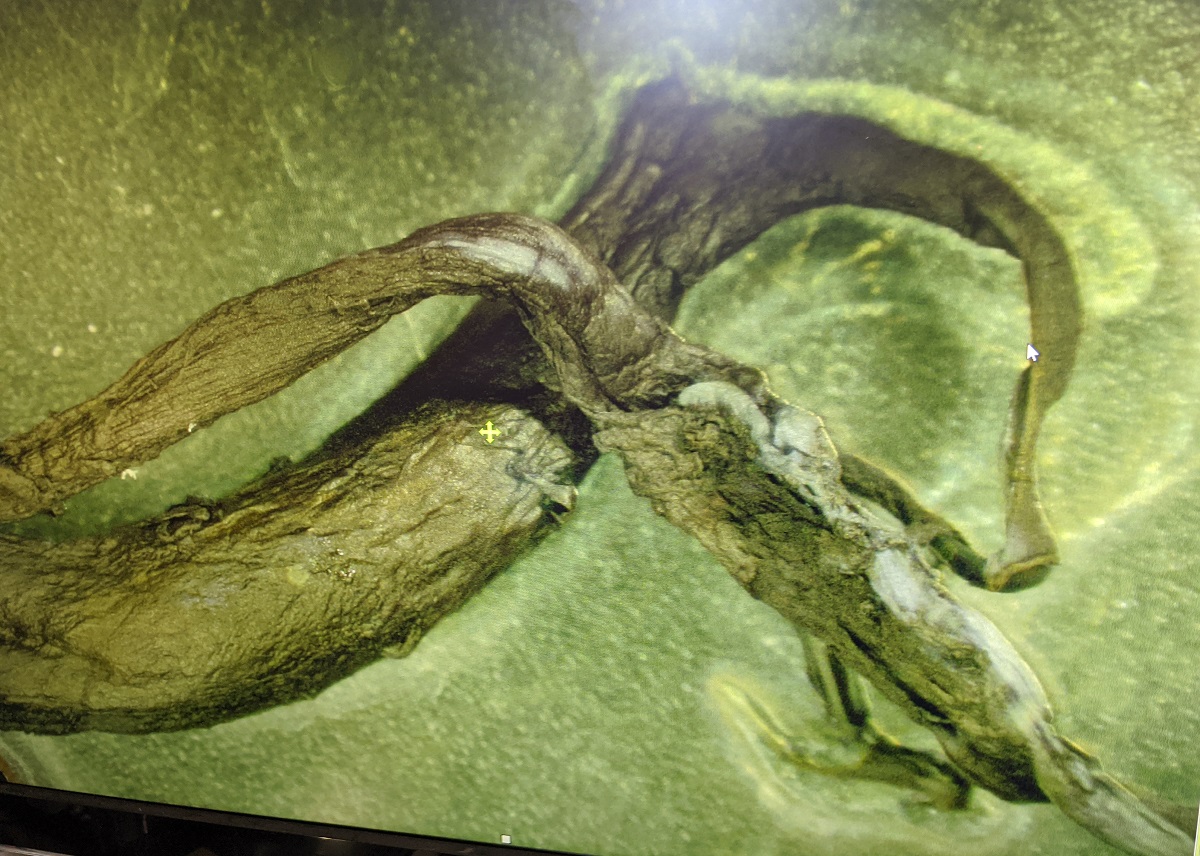Do you have a median artery? Researchers say it’s proof humans are still evolving
12/22/2020 / By Evangelyn Rodriguez

Researchers say humans are still evolving, and they’re evolving at a faster rate than at any point within the past three centuries. The increased prevalence of a structure known as the median artery — which typically regresses in the second month of gestation — in people born by the end of the 20th century is proof of this non-stop evolution.
In a recent study published in the Journal of Anatomy, Australian researchers looked for this embryonic structure in the upper limbs of older adults who died between 2015 and 2016. They found that, from the approximately 10 percent reported in the 1880s, the number of people who didn’t lose their median arteries before birth went up to 33 percent.
“Since the 18th century, anatomists have been studying the prevalence of this artery in adults and our study shows it’s clearly increasing,” said Dr. Teghan Lucas, a researcher from the Department of Archaeology at Flinders University in South Australia and the lead author of the study.
“This is microevolution in modern humans,” added Maciej Henneberg, a professor of anthropological and comparative anatomy at the University of Adelaide and the study’s senior author. “The median artery is a perfect example of how we’re still evolving because people born more recently have a higher prevalence of this artery when compared to humans from previous generations.”
The role of the median artery in the human body
The median artery is first formed while a person is in his mother’s womb. There, it serves as the main vessel that supplies blood to the forearm and hand for a short period of time. The median artery usually disappears around the eighth week of gestation and is replaced by two new arteries, namely, the radial artery and the ulnar artery. These are the two arteries a person retains throughout his life.
However, in some cases, the median artery persists despite the development of its replacements, and an increasing number of adults have recently been found to have all three arteries in their forearms. According to Henneberg, the median artery offers certain benefits, such as increased overall blood supply to the hand. The extra artery can also serve as a replacement in surgical procedures done in other parts of the body.
On the other hand, studies have identified the presence of a median artery as a contributing factor in the pain caused by carpal tunnel syndrome. Surgeons are also becoming more aware of the existence of a persistent median artery in some patients. Forearm surgery now requires more thorough pre-operative examination and imaging, as failure to recognize the presence of the median artery could lead to damage and post-operative bleeding.
When asked about the possible cause of the increased prevalence of the median artery, Lucas says it could have been the result of mutations, particularly of genes involved in the artery’s development. Another possible cause could be maternal health problems encountered during pregnancy.
“If this trend continues, a majority of people will have median artery of the forearm by 2100,” says Lucas, adding that if this prevalence reaches past 50 percent, then the median artery would have to be considered a normal human structure.
Prevalence of the median artery is a secular trend
In a previous study, Henneberg noted that the increasing prevalence of the median artery does not look to be a seasonal change, but rather one that would remain consistent over time. Much earlier studies suggest that this prevalence began in the 19th century, with about 10 percent of people born in the mid-1880s having persistent median arteries. By the end of the 20th century, researchers have noted an increase from 10 percent to approximately 30 percent.
Continuing the study nearly a quarter of a century later, the Australian researchers examined 78 upper limbs belonging to Australians aged 51 to 101 years, all of whom died some time between 2015 and 2016. They found a total of 26 median arteries in this sample population, bringing the prevalence to 33.33 percent. The researchers said that their study provides an example of microevolutionary changes in the internal anatomy of the human body.
In addition, when the researchers computed the prevalence of median artery based on dates of birth, they found that it is now present in 35 percent of people. Considering the upward trend reflected in their data as well as in the figures presented by earlier studies, they predict that everyone will be born with a median artery 80 years from now.
“We’ve collected all the data published in anatomical literature and continued to dissect cadavers donated for studies in Adelaide,” said Henneberg. “We found about [one-third] of Australians have the median artery in their forearm and everyone will have it by the end of the century if this process continues.” (Related: Human evolution occurred in ecosystems vastly different than those found today, suggest researchers.)
Aside from the presence of a median artery, the researchers also observed other indicators of human evolution. For instance, they noted several cases of individuals born without wisdom teeth. The researchers noted that this could be a result of human faces becoming smaller, leaving less room for these teeth. Another thing they noticed was the growing number of spina bifida occulta cases recently. Spina bifida occulta refers to when a baby’s backbone fails to fully form during pregnancy.
Other notable findings include cases of people developing extra joints in their feet or babies being born with a small bone at the back of the knee called the fabella. These abnormalities are completely harmless but serve as definitive proof that — contrary to popular belief — humans did not stop evolving. If anything, recent studies suggest that humans have undergone genetic changes 100 times faster in the past 5,000 years than at any period in human history.
Sources include:
Submit a correction >>
Tagged Under:
biology, breakthrough, cool science, discoveries, Genetic Mutations, genetics, human anatomy, human evolution, median artery, research, weird science
This article may contain statements that reflect the opinion of the author
RECENT NEWS & ARTICLES
COPYRIGHT © 2017 DISCOVERIES NEWS





















